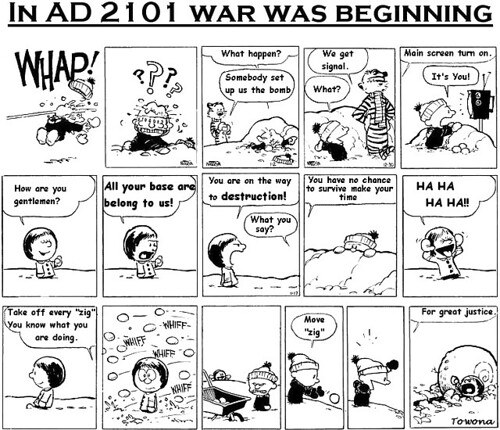John Resig has written a Sparklines library. Here’s an example. I wrote that HTTP download speeds not linear 182,315,313,319,314,459,441,445,453,525,567,552,577,587,580,581,590,663,639,658,616,705,720,695,739,750,720,741,803,800,800,818,800,856,796,816,866,841,836,828,861,893,859,905,881,885,946,944,943,984,1003,1012,994,979,977,986,1010,1017,1027,1000,1035,986,1006,1006,996,1022,1003,1053,1046,1061,1002,1064,1014,1039,1061,1023,1076,1081,1019,1064,1072,1089,1101,1069,1128,1125,1092,1155,1170,1067,1094,1082,1178,1211,1154,1169,1133,1161,1193,1167 and that they flatten out over time. A linear line would look like this: 180,190,201,211,221,232,242,252,262,273,283,293,304,314,324,335,345,355,365,376,386,396,407,417,427,438,448,458,468,479,489,499,510,520,530,541,551,561,572,582,592,602,613,623,633,644,654,664,675,685,695,705,716,726,736,747,757,767,778,788,798,808,819,829,839,850,860,870,881,891,901,912,922,932,942,953,963,973,984,994,1004,1015,1025,1035,1045,1056,1066,1076,1087,1097,1107,1118,1128,1138,1148,1159,1169,1179,1190,1200 The little red line here is a sparkline that’s based on real data. John’s javascript converts the data into a graph.
Sparklines were introduced by Edward Tufte.






